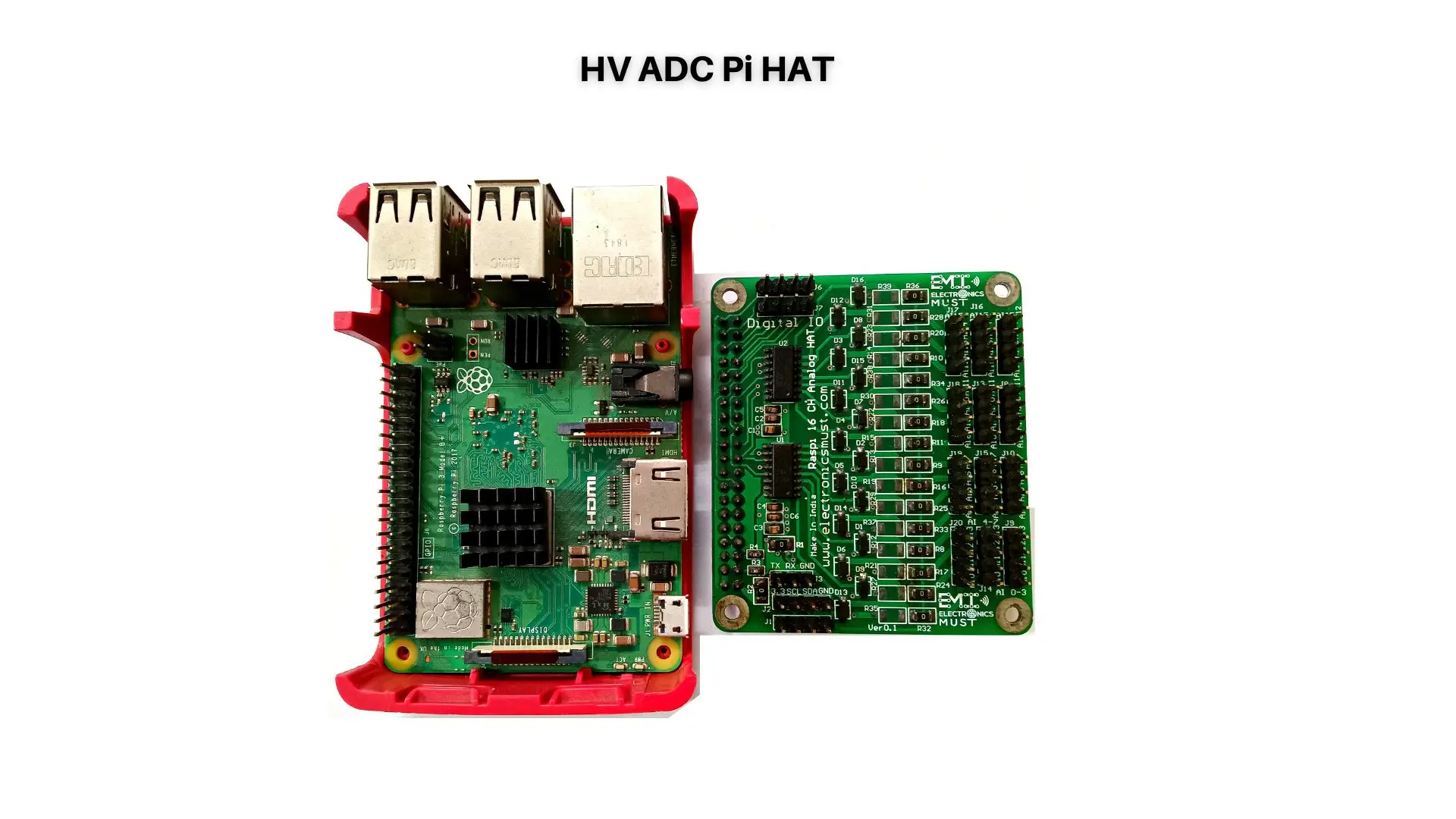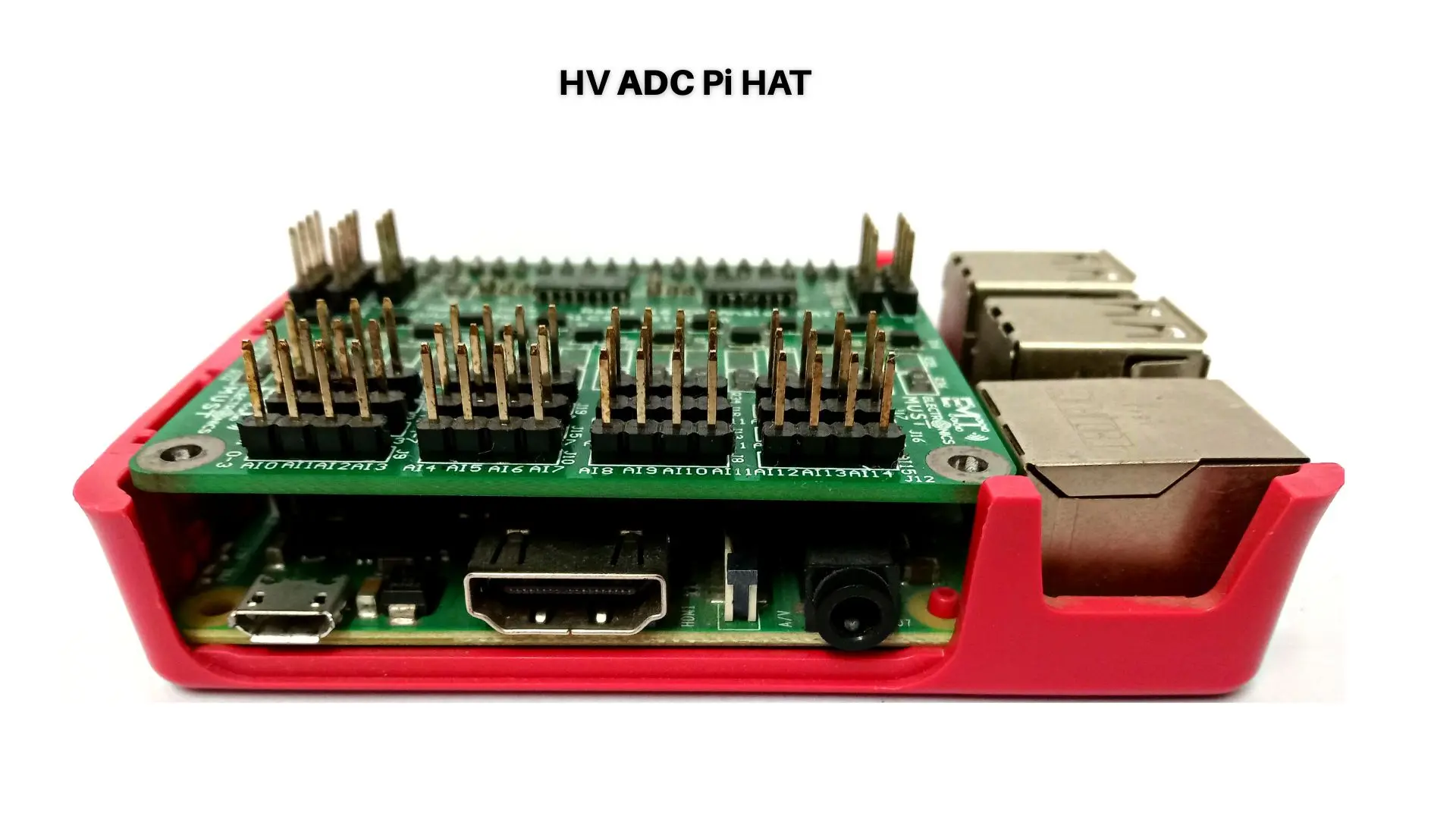The printed circuit board (PCB) is a crucial component in the design of medical devices. A well-designed PCB can improve the reliability, safety, and performance of medical devices. However, designing a PCB for medical devices is a complex process that requires a deep understanding of the unique challenges and requirements of the medical industry.
In this blog post, we will unpack the complexities of PCB design for medical devices and explore some of the key considerations that need to be considered.
1. Regulatory Compliance
Various agencies heavily regulated medical devices, such as the FDA, CE, and others. PCB designers need to ensure that their designs comply with the relevant regulations and standards. Failure to do so can cause costly delays, rejections, or even legal consequences.
The designer must also know any potential hazards associated with the medical device and design the PCB to mitigate these risks. For example, we must design the PCB to prevent electrical interference that can disrupt the function of the device or even harm the patient.
2. Space Constraints
Medical devices are often small and portable, and PCB designers need to design boards that fit into the device’s compact form factor. This can be a challenging task, as we must design the board to fit within the device’s dimensions while also accommodating all the components.
Designers must also consider the location of the PCB within the device and ensure that it does not interfere with other components or sensors.
3. Reliability
Reliability is critical for medical devices as we often use them in life-critical applications. PCB designers must ensure that their designs are reliable and free from defects that can compromise the device’s performance.
Designers must also consider the operating environment of the medical device and design the PCB to withstand any temperature, humidity, or vibration conditions that it may encounter.
4. Power Management
Medical devices often have stringent power requirements. The PCB designer needs to design the board to efficiently manage power consumption and ensure that the device operates within the specified power budget.
Designers must also consider the battery life of the medical device and design the PCB to optimize power usage to extend the device’s battery life.
5. Manufacturing and Testing
Finally, PCB designers need to consider the manufacturing and testing processes. We must manufacture medical devices under strict quality control standards, and the PCB designer must design the board to facilitate efficient and cost-effective manufacturing.
The PCB designer must also ensure that the board is easily testable, and any faults or defects can be quickly identified and rectified.
Conclusion
Designing a PCB for medical devices is a complex and challenging process that requires a deep understanding of the unique requirements of the medical industry. PCB designers must consider regulatory compliance, space constraints, reliability, power management, and manufacturing and testing when designing a PCB for a medical device.
At every stage of the design process, the designer must be meticulous and ensure that the design meets all the requirements and specifications. With careful attention to detail and a deep understanding of the complexities of PCB design for medical devices, designers can create reliable, safe, and high-performing medical devices that meet the needs of patients and healthcare providers.






